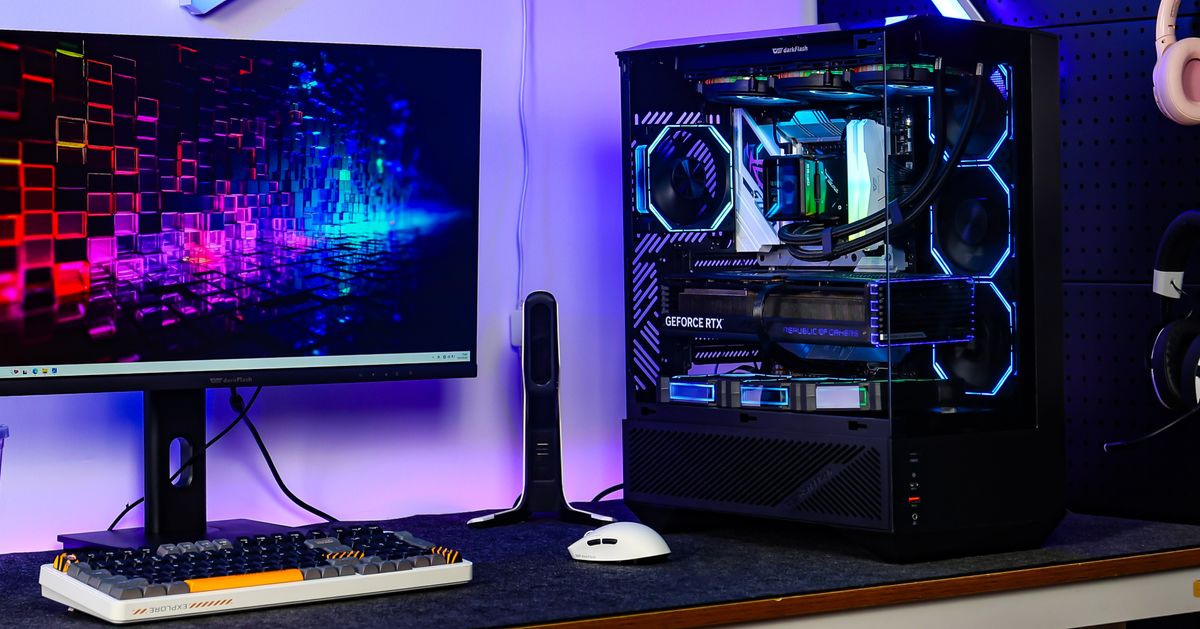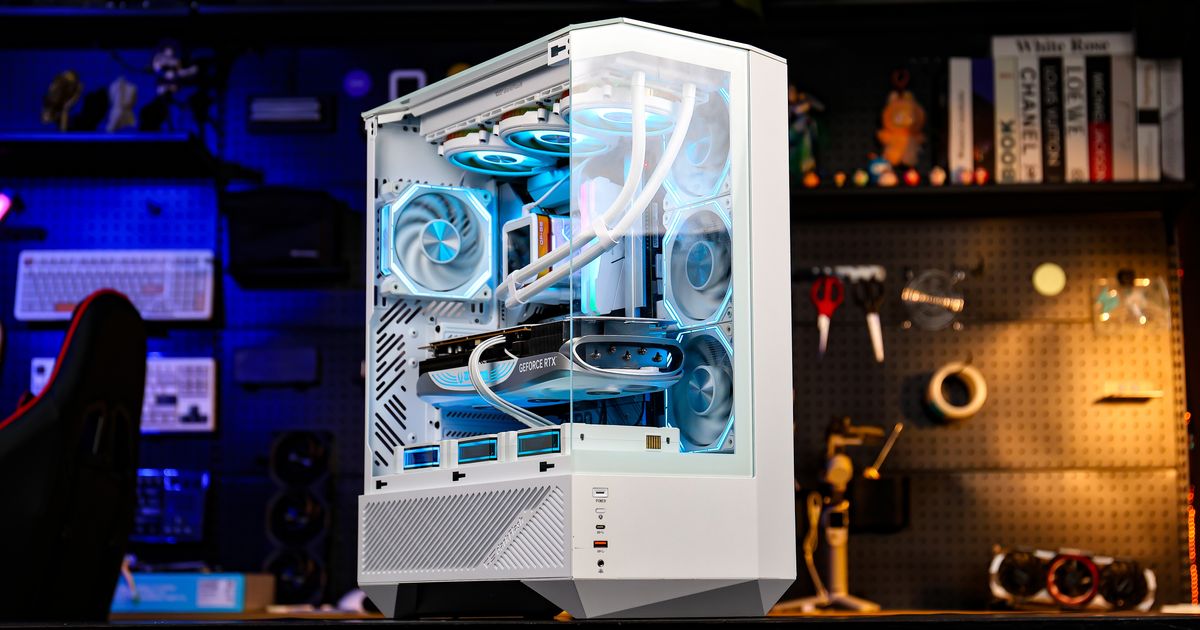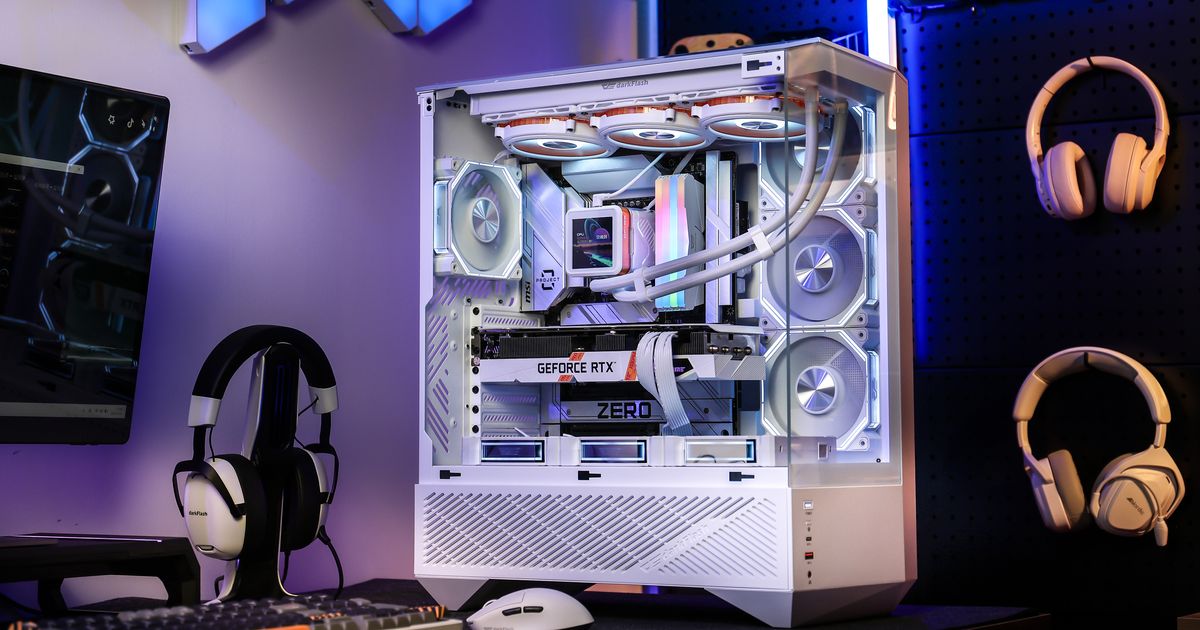
When it comes to choosing a PC case, expansion support is one of the most important factors to consider. Since the case is the foundation that houses all other components, its compatibility and upgrade potential will directly impact future builds.
In this guide, we’ll walk you through the 9 essential specs you should always check before making a decision.
1. Supported Motherboard Sizes
Common form factors include E-ATX, ATX, M-ATX, and ITX.
If you plan to upgrade in the future, it’s safer to choose a case that supports at least ATX motherboards.

2. Maximum GPU Length
High-end triple-fan GPUs usually range from 310 mm to 360 mm, while dual-fan GPUs are closer to 260 mm.
Always confirm your GPU length and check if HDD cages or front fans might block installation.

3. CPU Cooler Height Clearance
For air coolers, make sure the case supports the required height (commonly 155–170 mm).
With smaller cases, cooler clearance becomes even more critical.
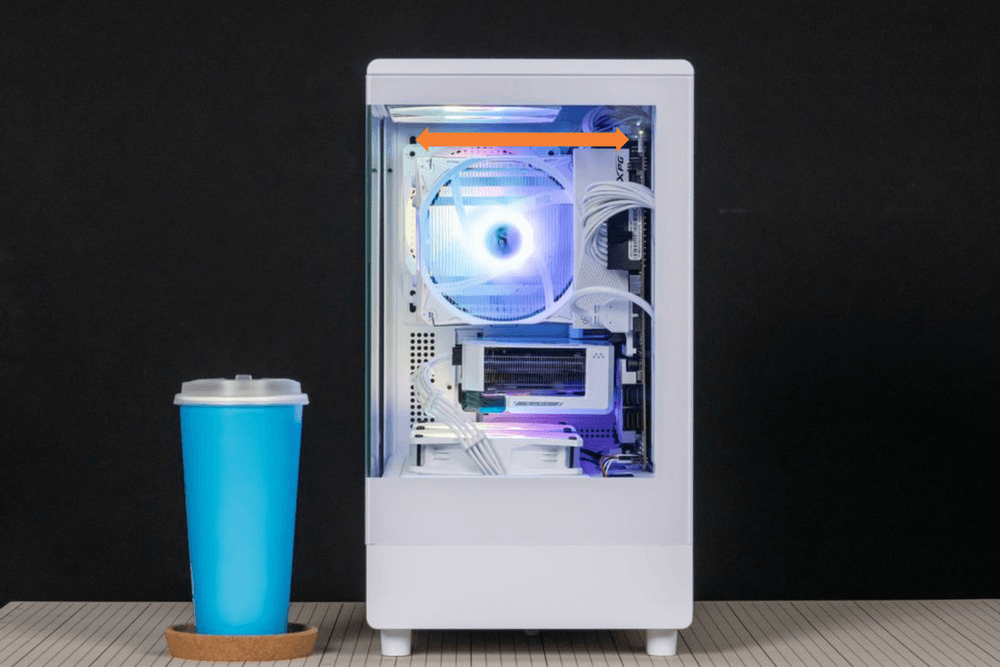
(darkFlash Storm Z4 Pro Mist Tower CPU Cooler, Height: 155 mm)
4. Liquid Cooling Support
Check if the case supports 240 mm, 280 mm, or 360 mm radiators, and where they can be mounted (top, front, or side).
Also consider radiator thickness—some may interfere with RAM clearance.
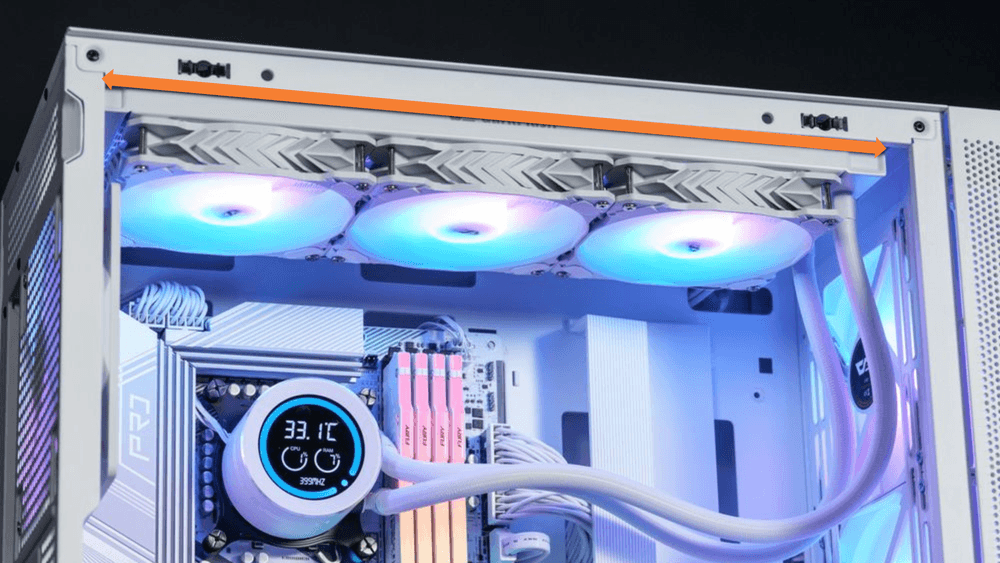
(darkFlash DN360D Liquid CPU Cooler, Radiator: 360 mm)
5. Fan Support (Quantity & Size)
Confirm whether the case supports 120 mm and/or 140 mm fans, and the maximum number of fans you can install.
Check if fans are included by default, and whether a fan hub or controller is supported.
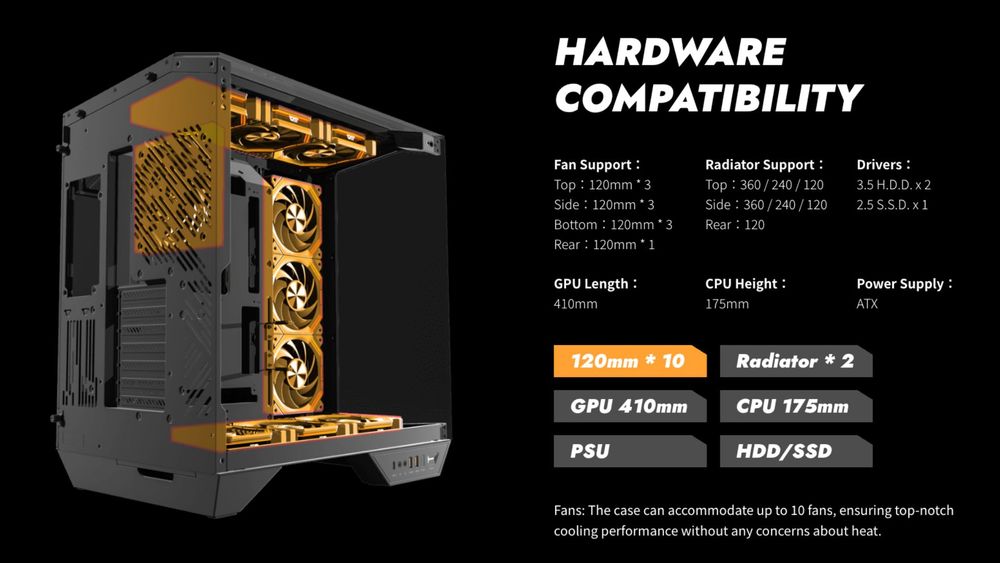
(darkFlash DY470 ATX PC Case)
6. Storage Expansion
Look for the number of drive bays available for 3.5" HDDs and 2.5" SSDs.
If you plan on adding more hard drives later, make sure the case has enough slots.
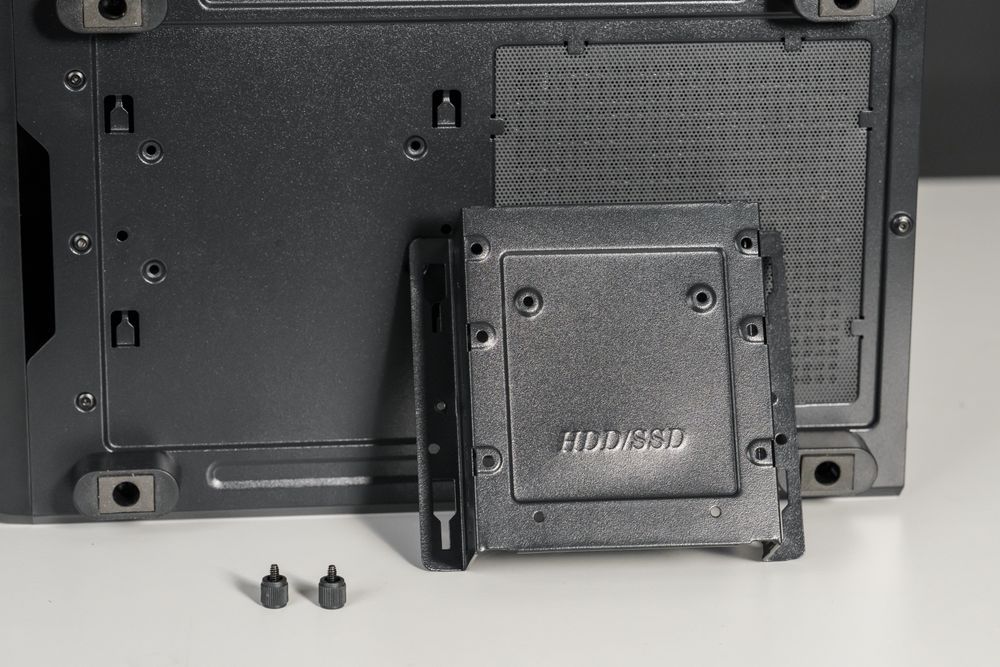
7. PCIe Expansion Slots
Cases with too few slots may prevent you from installing wider GPUs or may restrict airflow.
If you plan on using a vertical GPU mount, check whether the case includes the bracket and PCIe riser support.
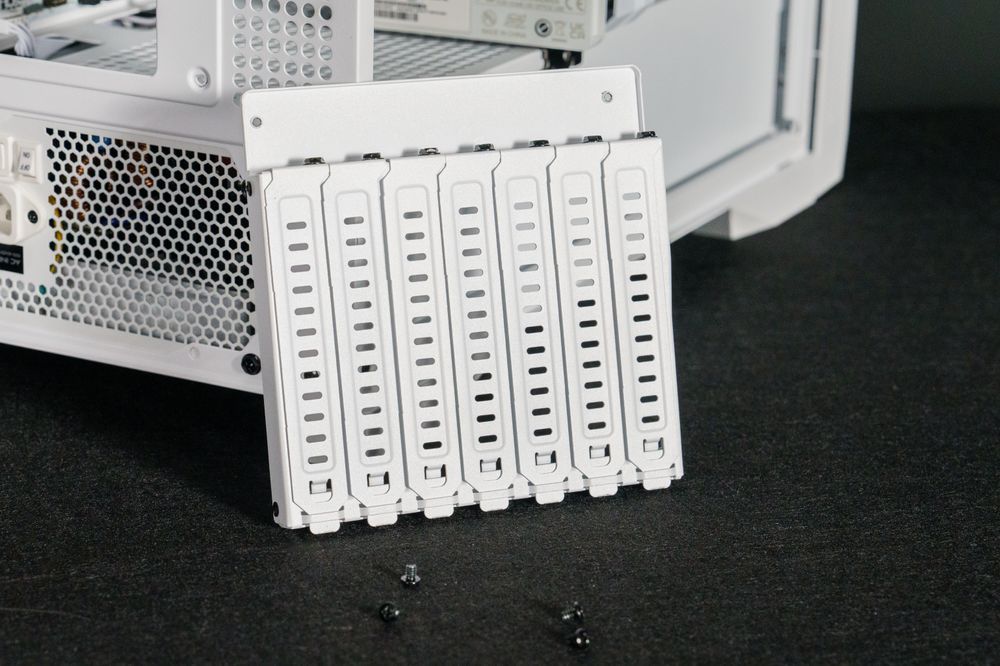
8. Front I/O Ports
Most cases include power/reset buttons, audio jacks, and USB ports.
If you frequently use external devices, choose a case with USB 3.0 or Type-C for faster transfers.
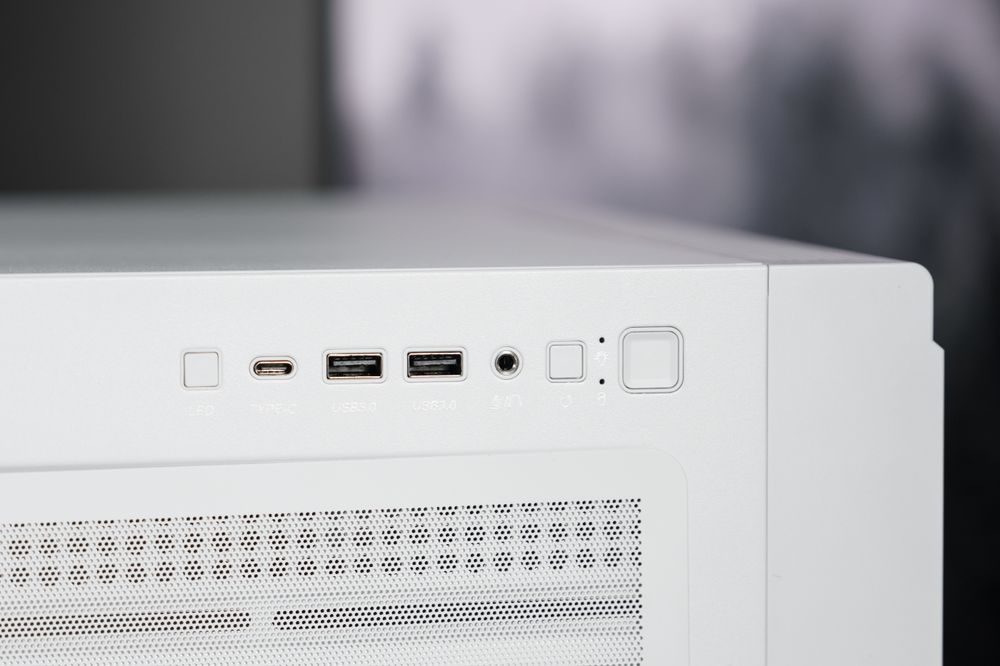
9. PSU Shroud Space
Standard PSUs are typically 160 mm to 220 mm long.
Confirm that your case has enough space for the PSU, plus room for cable management.

(darkFlash PMT Series White Edition PSU)
By checking these 9 specs before you buy, you’ll ensure your case not only fits your current build but also provides flexibility for future upgrades.

